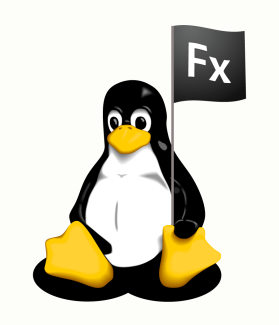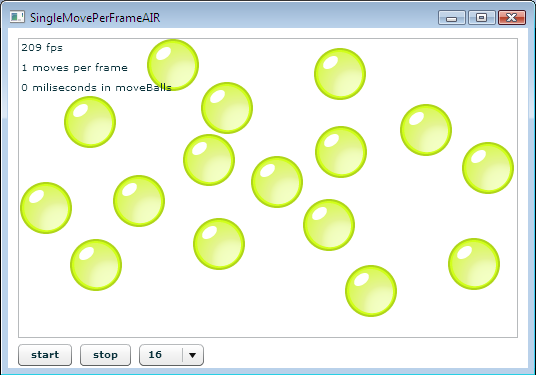The Open Web: Now Sexier and Smaller
In the past Open Web proponents have criticized Flash and Flex because the SWF specification - while being published and publicly available - limited what readers could do with the specification. More specifically the agreement to view the specification required that readers not build programs that would run SWF files. The intentions behind this were good - Adobe does not want Flash to have inconsistent and incompatible implementations.
Today Adobe Systems has announced that they are removing those restrictions on the SWF and FLV specifications! This is very exciting news and something I’ve been lobbying for since I started working for Macromedia (actually I think I began bugging Emmy Huang about this before I started working for Macromedia). Flash has become the standard for sexier web experiences with RIAs, video on the web, and interactive web content. Today that standard is truly open!

 Revolutions may be enabled by technology, but they are driven by people. Adobe’s recent announcements about Flex, Flash, and Adobe AIR on Linux are the most recent technology enablers for the software revolution that is currently underway.
Revolutions may be enabled by technology, but they are driven by people. Adobe’s recent announcements about Flex, Flash, and Adobe AIR on Linux are the most recent technology enablers for the software revolution that is currently underway. Bubblemark is a popular benchmark for some of the RIA technologies including Flex, Adobe AIR, Ajax (DHTML), Java Swing, Java FX, Silverlight, etc. I’ve been trying for a while to create a new Flex version of Bubblemark to show just how fast Flash Player and Adobe AIR are. But I’ve come to a few realizations… First, you can make benchmarks say whatever you want them to say.
Bubblemark is a popular benchmark for some of the RIA technologies including Flex, Adobe AIR, Ajax (DHTML), Java Swing, Java FX, Silverlight, etc. I’ve been trying for a while to create a new Flex version of Bubblemark to show just how fast Flash Player and Adobe AIR are. But I’ve come to a few realizations… First, you can make benchmarks say whatever you want them to say.